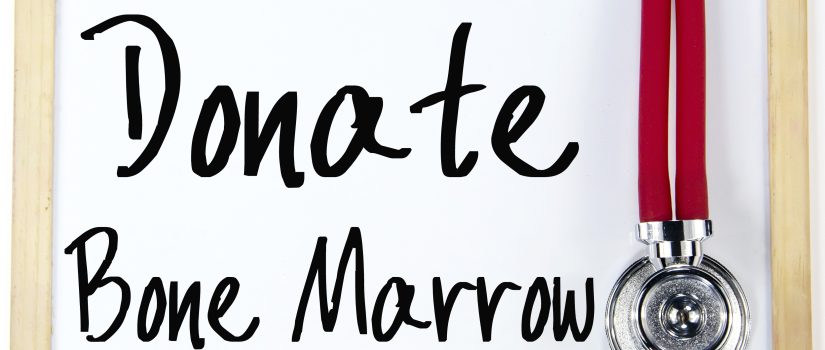Stem cell transplantation therapy is required to treat thousands of patients suffering from life-threatening blood illnesses such as leukemia, lymphoma, and multiple myeloma (also referred to as bone marrow transplantation). An allogeneic transplant, in which the patient receives healthy stem cells from a donor rather than their own, is the most effective treatment method for various illnesses. This transplant consists of a bone marrow swab process by which doctors fetch bone marrow from the donor and put it into the patient. The donor and the patient have their Human Leukocyte Antigen, or HLA, markers analyzed to see how well they match one another.
Even though a person’s HLA type comes from their parents, there is only a 25–30% chance that a family member has the same HLA type.
If You Are Thinking About Giving Bone Marrow, Think about The Five Things
1. How does the process of donating stem cells work?
If a full donor match is found, the patient’s transplant doctor will decide if the donor’s best source of stem cells is bone marrow or peripheral (circulating) blood stem cells (PBSC). If the person who got matched wants to donate, they will sign a form called “Intent to Donate.”
A bone marrow donation is a surgery in a hospital operating room. During this 1-1/2 to 2-hour procedure, needles are used to take liquid bone marrow swabs from the hip bone of the donor. PBSC donation is a non-surgical method that takes many hours throughout one to two days. It is similar to platelet donation in this way.
2. Are there any harmful effects?
Giving bone marrow, a donor will get either a general or a spinal anesthetic during the process. Common side effects include pain in the lower back, tiredness, trouble walking, and bleeding at the collection site. Doctors often give painkillers to patients after surgery to help with any pain or other side effects.
Donors of PBSC may feel tired, have a headache, feel pain in their muscles, or feel sick.
3. What do you have to do to be able to donate?
A donor should be between 18 and 44 years old and in good health. 90% of the time, transplant specialists pick donors in this age range because there is evidence that better patient outcomes happen when donors are in this age range.
People must be 18 years old to join the NMDP because they have to give informed consent. Donating bone marrow is a voluntary surgery that does not save the donor’s life.
4. How much does it cost to donate bone marrow?
The patient’s health insurance pays for all the medical and travel costs that come with donating.
5. What if a person can not give bone marrow?
Those who can not donate stem cells can still help transplant patients by giving money, sponsoring a donor between the ages of 18 and 44, or volunteering at a local donor drive.
Conclusion
Through the National Marrow Donor Program, you can register to become a donor of bone marrow. You will be asked to provide a swab sample of the cells in your mouth and complete a health questionnaire.
Read More: Top 10 Most Innovative Car Technologies of the Last Decade
